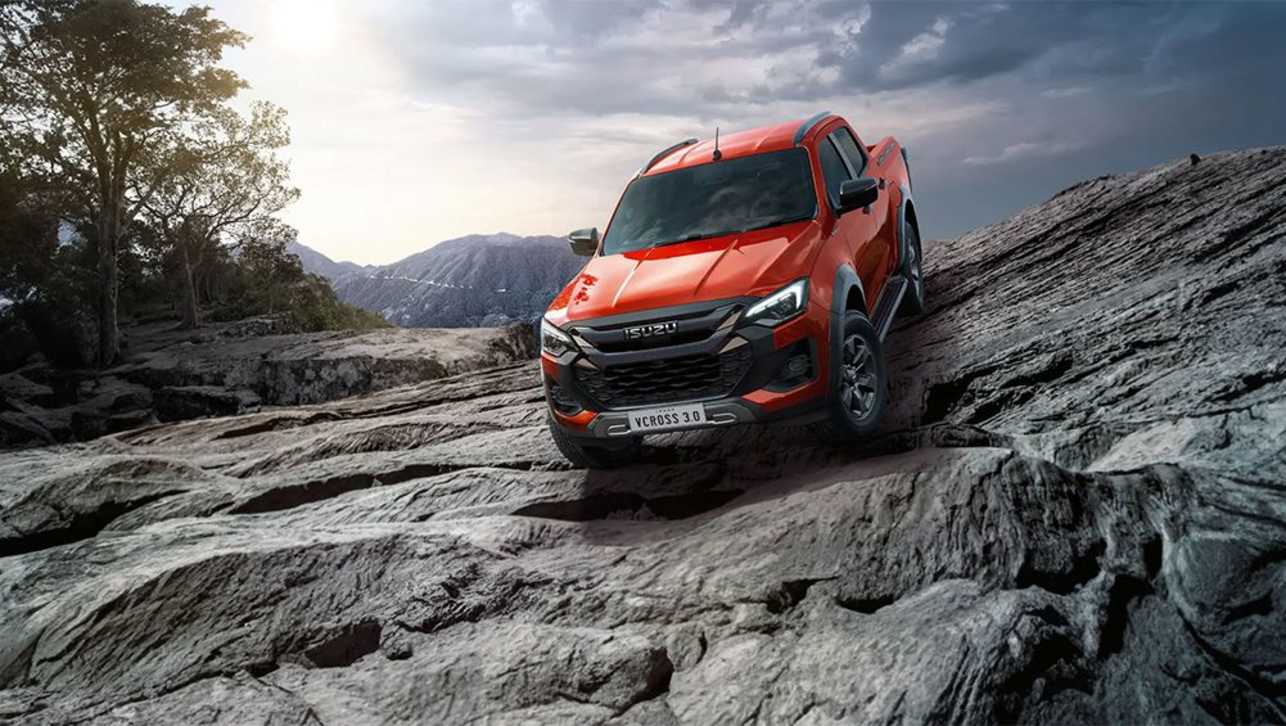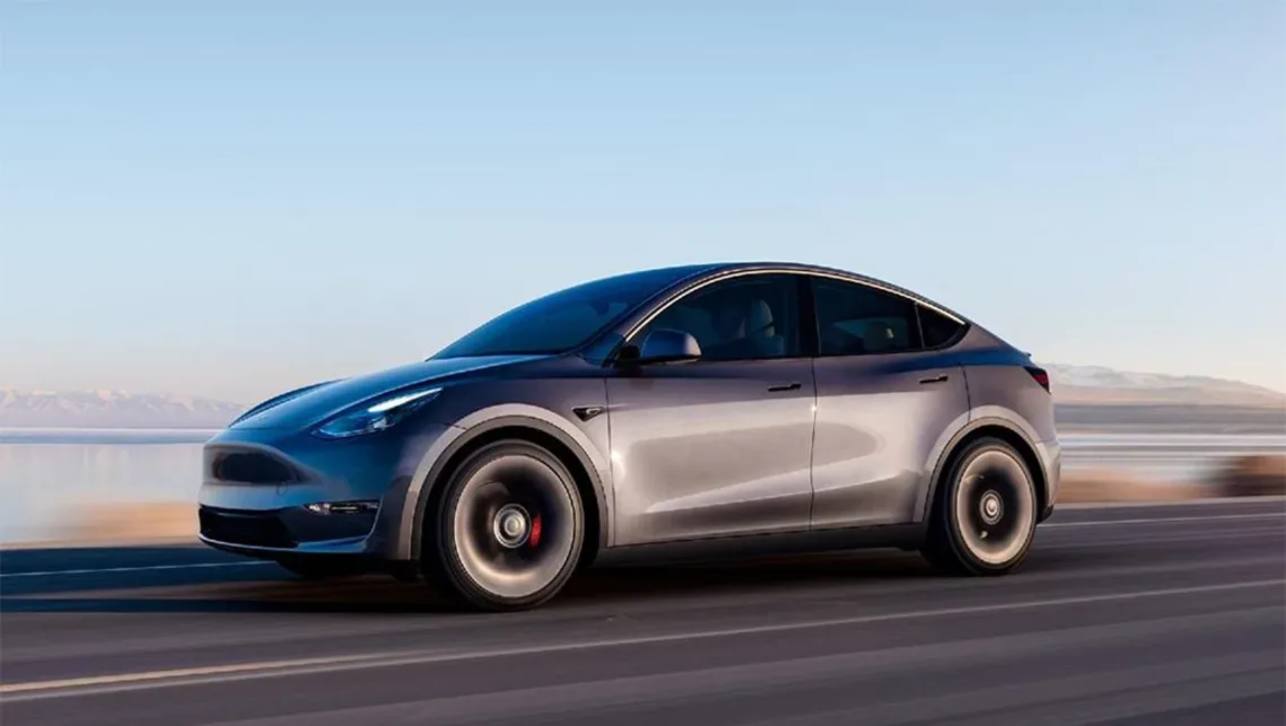The next six months are shaping us as very good ones for Australia's ute shoppers, with exciting murmurs from Ford (about the mysterious Ranger FX4 Max), updated Navara product from Nissan, and the incoming Jeep Gladiator, to name but a few.
But for ours, two of the most exciting new utes set to drop in Australia are the all-new Isuzu D-Max and the Great Wall Cannon.
When you think about it, the two couldn't be more different. Isuzu has well and truly made its mark on the ute world, and had built an army of loyal supporters, all of whom are salivating at the thought of an all-new version.
Great Wall, on the other hand, is yet to really crack the mainstream segment, and it's hoping its new Cannon will do exactly that. Which is why it was benchmarked against vehicles like the Toyota HiLux and Ford Ranger, and engineered "with Australia in mind".
And with both utes to possibly arrive in Australia as early as July, now seems a perfect time to deep dive exactly what each will offer.
But first, let's address one point. The Chinese ute is unlikely to actually be called the Cannon in Australia, with the brand here having had their trademark application for the nameplate 'Poer' (which is a combination of three words; power, peak and perfection) approved. That said, the brand is yet to actually confirm that, or any other name, so for now, let's stick with Cannon.
Dimensions

The preliminary specs for the all-new D-Max (though Isuzu is yet to release Australian specifics) have the brand’s new ute measuring 5265mm in length, 1870mm in width and 1790mm in height (in crew cab guise).
The Cannon, on the other hand, measures 5410mm in length, 1934mm in width and 1886mm in height.
The Great Wall’s tray measures 1520mm/1520mm, while the D-Max’s stretches 1495mm/1530mm.
Powertrain
.jpg)
One of the big selling points of the outgoing D-Max is its potent 3.0-litre diesel engine (4JJ1), and the good news is that the engine will live on.
Now coded 4JJ3, it produces more power and torque than its predecessor, with outputs now listed at 140kW at 3600rpm and 450Nm at 1600rpm. It's paired with a six-speed manual or six-speed automatic transmission.
The Cannon’s diesel engine is smaller, at 2.0 litres, but the four-cylinder unit is still pretty punchy, delivering 120kW at 3600rpm, and 400Nm at 1500rpm. That power will be fed through a choice of an eight-speed ZF automatic or a six-speed manual. That said, we are still expecting the torque figure to be increased to around 450Nm when the Cannon touches down in Australia, with the brand knowing how important torque is in this segment.
Capability

Let’s start with the basics first. While we don’t know the new D-Max’s towing capacity and payload yet, we do know that the existing car offers 3.5-tonne braked and a 1024kg payload. And given this engine is more grunty than the last, we don’t see those numbers dropping.
Great Wall says to expect a 1000kg payload and a “minimum” 3000kg braked towing capacity, which is precisely what the local arm has asked its Chinese HQ to deliver.
While the Cannon won’t have an Australian-specific suspension tune, we’re told that feedback from our market was instrumental to the global suspension tune the Cannon will ultimately get.
"Especially things like our corrugations, which they’re not familiar with,” Great Wall says. “And so we continue to work with head office on that. While it’s not a specific tune for Australia, it’s tuned with Australia in mind.”
For the D-Max, there’s updated (and off-road focused) suspension, an electronic diff lock, bigger brake rotors and a wading depth increase to 800mm to bolster its off-road chops.
Price/inclusions

Pricing is yet to be confirmed for either vehicle, but Great Wall has provided perhaps the strongest hint of its intention to land under the market norm, telling CarsGuide: “It will make a lot of people think why I am paying this amount of money for a ute, when someone like Great Wall can build something to this level of comfort and capability,”
In terms of spec, the Great Wall should arrive with push-button start, smart headlights, a 9.0-inch multimedia screen with smartphone mirroring, a digital dashboard, leather trim options, and advanced active safety, like AEB, lane-keep assist, blind-spot monitoring, active cruise and a 360-degree parking camera, as well as six airbags.
The D-Max, on the other hand, also makes use of a 9.0-inch touchscreen, home to both Apple CarPlay and Android Auto, while a redesigned interior is meant to make driver and passenger feel like they’re in a more modern feeling vehicle, rather than a traditional workhorse. You'll also find keyless entry, push-button start, voice recognition, auto headlights, dual-zone climate, front and rear parking sensors and six airbags join the standard kit list on top-spec models internationally, while blind-spot monitoring, rear cross-traffic alert, round-body parking sensors, hill start assist and hill descent control join the safety kit.





.jpg)
.jpg)



.jpg)
.jpg)

_2.jpg)

_2.jpg)
.jpg)


.jpg)

.jpg)
.jpg)


.jpg)







Comments